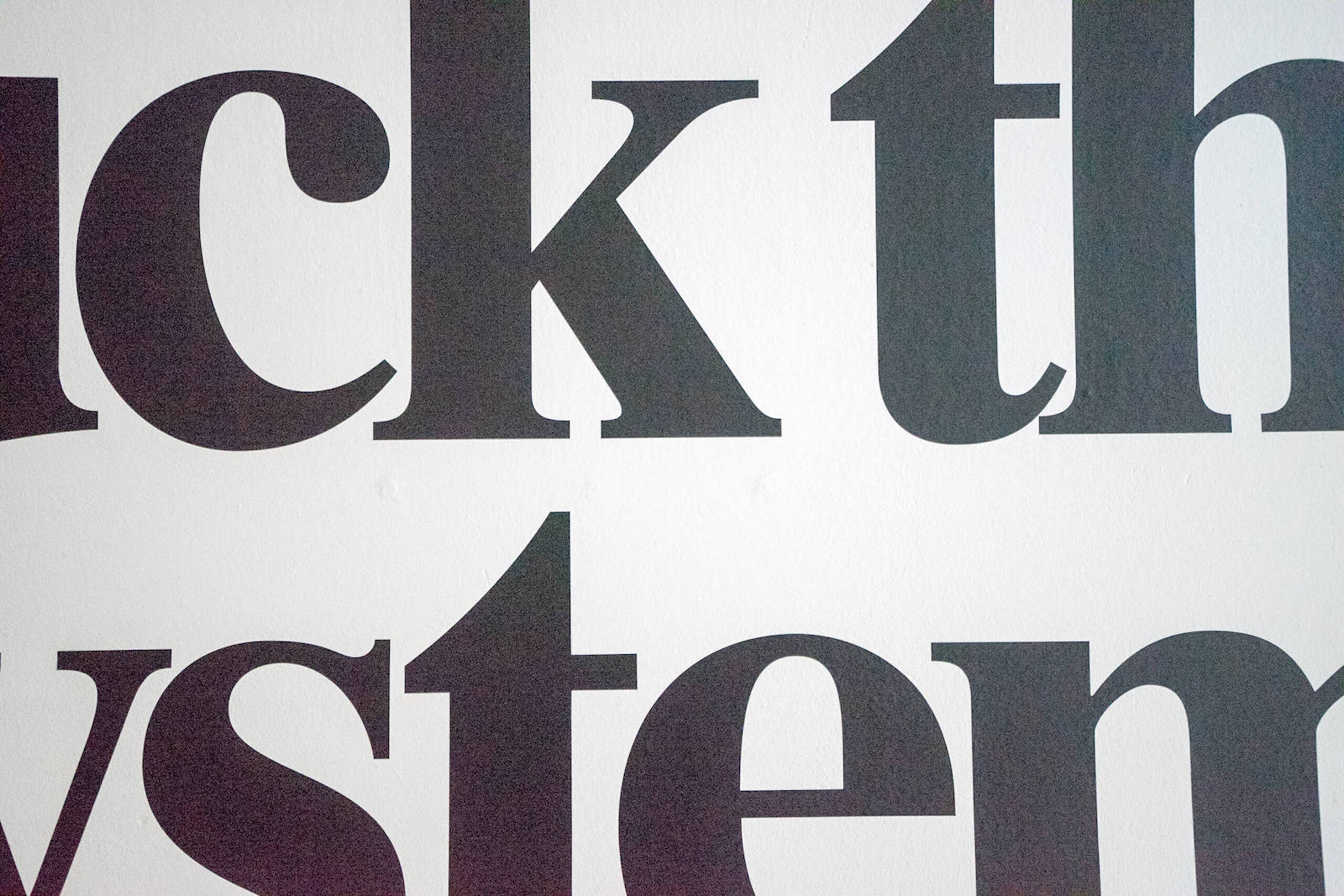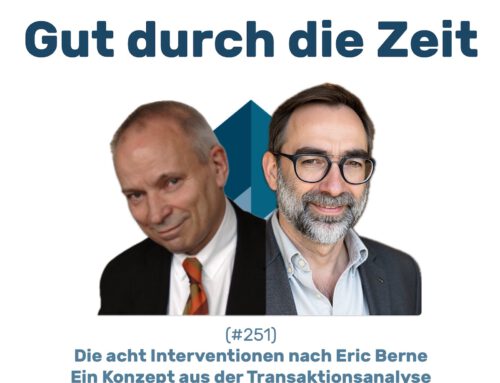No reason to sue?! Decline in the number of lawsuits filed with German courts - 5 explanations and no certain knowledge
Today it’s time to get down to business. Not only are fewer and fewer lawsuits being filed in German courts and the number of lawsuits filed has been falling dramatically for over 10 years – no, the „armadillos“ are also threatened with extinction!
Before the animal rights activists among you jump off the couch and organise an online petition, let me quickly say that we are not talking about the animals, but about the mountains of files that are piled up in German courts and can only be held together with the help of a belt. They are affectionately called „armadillos“ by lawyers, which probably says more about the lawyers than about the mountains of files. However, it is precisely these mountains of files that are at issue. They are melting like the polar ice caps and, if the (meagre) figures are to be believed…
After the much-discussed flood of lawsuits from the 1970s to the 1990s, the number of lawsuits filed has been falling for years.
The reason for this blog post is a remarkable development that has so far received comparatively little attention - which seems almost as remarkable: After the much-discussed flood of lawsuits from the 1970s to the 1990s, the number of lawsuits filed has been falling for years. And in some cases drastically so.
Why are there fewer and fewer complaints? What does this mean for the German justice system, politics and society as a whole? And what does this have to do with mediation and mediators? Let's start by taking stock.
1) Tell me where the complaints are! - Situation and problem
The forces of the tides
„Ebb and flow, waves and tides “ When procedural lawyers talk about the historical development of lawsuits, a lot of sea metaphors are used. The background to this is probably not only the observations of the past, which can be described quite well, but also the hope that the future will be just as wave-like. Worries then seem less justified and any countermeasures seem superfluous…and can - with the realisation of those in the know - be smiled at. But is it true that the future is as (certain) as the past?
Since the 1970s, the German courts have experienced a veritable flood of litigation. Since then, Germans have been regarded as litigious, litigious and incorrigible. Since those years, attempts have been made to control this flood with a series of reform laws. The wave of lawsuits was to be stemmed and the burden on the judiciary eased. And since around 2000, Germany has been experiencing a real processesbbe. Long unrecognised, now undeniable.
The turn of the tide can already be documented with impressive figures: At the Civil jurisdiction (local and regional courts at first instance combined) receipts decreased by 34 % in the years between 1995-2014. Since 2000, they have fallen by around 25 %. It is also interesting to note the slump in Dunning procedure. There were around 33 % fewer of these within 10 years (2002 to 2012).
Looking at the individual subject areas in the period between 2004 and 2012, the local courts in particular Building and architectural matters (-40 %), Corporate law proceedings (-35 %) and Neighbourhood disputes (- 28 %), which decreased significantly.
However, the decline is most dramatic in the case of procedures that fall under the opaque Category "other responsibilities" can be summarised. This applies both in terms of the percentage share compared to the previous year (-44 %), but above all in relation to the absolute number of incoming orders. No less than 300,000 fewer proceedings have been recorded in this area. By comparison, there were "only" around 11,000 fewer proceedings in construction and architectural matters in absolute terms.
Deep-sea fishing in the murky waters
The majority of the observed phenomenon remains unexplained. There is a huge need for information and education.
The fact that the biggest process boom can be observed in an area that bears the not really informative and meaningful title "other responsibilities" points to a very general problem: The majority of the phenomenon observed remains unexplained. There is a huge need for information and clarification. If we really want to get to the bottom of the causes of the decline and describe causal relationships, we need scientifically reliable data. At present, however, the debate is more like fishing in the dark. The symposium held at MLU Halle in 2015 and the conference proceedings of the same name have been particularly informative so far "Nothing to complain about?!", edited by Prof Meller-Hannich and Prof Höland. As far as can be seen – real pioneering work!
2) Where have all the Germans gone to complain? - Possible explanations
Despite all the cluelessness about the background, the fact remains: There are dramatically fewer complaints compared to the past! And we are currently unable to trace, discuss or even understand the causes. Because we do not have any informative data and detailed information is not secure. This is not generally the case, but on the whole we can at best form hypotheses that will guide our interest in knowledge in the further course and may be refuted.
Explanatory approach no. 1 - Demography
Fewer people, fewer potential claimants? That sounds logical. And the population figures have indeed fallen in the last 15 years. But only by around 3 %. However, the age group that is probably most likely to sue (20 to 60 years) has shrunk even less.
The average decrease of 25 % in the number of lawsuits received since 2000 cannot be explained by demographics.
Explanatory approach no. 2 - Less controversy
Have Germans perhaps simply become more peaceful? Do they argue less because there is simply not so much to argue about? Based on this assumption, economic development could provide an explanation.
High economic growth and a favourable employment situation lead to higher satisfaction and thus to a lower tendency to conflict? However, the equation could also be different: Economic growth and an increase in employment lead to a higher number of contracts and thus to more potential for conflict. Our System 1 (Kahneman) would also find this story plausible and conclusive. However, we are currently unable to make a final decision due to a lack of objective data. The correlations are generally unclear.
But there is a well-documented reference example: the labour court! The Labour court litigation volume The better the economy and the better the conditions on the labour market, the fewer lawsuits are filed. Dismissals for operational reasons in poor economic times result in a large number of unfair dismissal claims. In a stable labour market situation - as we have been experiencing in Germany for years - dismissal protection claims are correspondingly rare.
The correlation between the number of cases filed with the labour courts and economic trends is a well-researched constant in the history of litigation. The ups and downs of incoming claims and unemployment rates are strikingly similar. Can this finding be generalised to other branches of the courts? Currently unclear.
Explanation No. 3 - Low trust in the judiciary
A further explanation for the processbbe could be found in the Attitude of the German population towards the justice system to be found. If Germans do not (or no longer) trust the justice system, they will go to court less often. The only problem is that the available data does not support such a diagnosis. In the Roland Jurisdiction Report from 2014 (the validity of the report is debatable), 71 % indicated a High level of trust in the judiciary off. A look at the "Eurobarometer 385: Justice in the EU" from 2013 also shows that there is no general crisis of confidence in the German justice system. Although the loudest voices about the German justice system are mostly disappointed voices, this should not cloud the perception of an objective assessment. At 77 %, the confidence rate calculated in the European study for Germany was well above the EU average of 53 %. However, this issue is not uncontroversial.
However, one aspect is generally described as inadequate: the duration of the procedure. It is categorised as too long across all studies. This could well explain why fewer lawsuits are filed in Germany. However, it should be noted that the average duration of proceedings is assumed to be much longer than is actually the case. It is not uncommon for extreme cases to be interpreted as normal cases.
In a survey conducted in Bavaria, respondents estimated the actual duration of proceedings at the local court to be 8.1 months and 10.3 months for regional court proceedings. In fact, the values are significantly lower than these estimates. Across Germany, the average duration of proceedings at local courts is around 4.7 months, in Bavaria it is only 3.9 months. The national average for civil cases at first instance in regional courts is around 8.2 months.
Even if it is a misjudgement regarding the duration of the proceedings, it certainly has an influence on your own conflict strategy: the anticipated duration of the proceedings has an impact on the question of whether it is worth taking legal action or whether it is worth taking legal action. In commercial matters in particular, it is by no means only the prospect of success in court that is decisive, but rather strategic considerations as to the extent to which one's own resources (time, attention, finances) can be allocated to a court case. However, none of this is decisive for the question of whether trust in the judiciary can explain the decline in the number of lawsuits filed.
However, it is noted that No data on EDevelopment of dissatisfaction with the duration of proceedings/German justice system that could substantiate the decline in incoming figures.

Explanatory approach no. 4 - Costs and legal expenses insurance
The expected costs of a legal dispute certainly have no small influence on the decision in favour of or against a lawsuit. It is not without reason that explaining the cost risks is one of the central tasks of legal advice. Reliable However, no correlations between increased costs and falling numbers of procedures can be derived here either. The Cost Law Modernisation Act of 2013, for example, did not result in a directly noticeable drop in the number of proceedings.
The role of legal expenses insurance is closely linked to costs. Also There is a need for clarification here. Can lower insurance rates or a more restrictive granting of benefits explain the decline? The need for research here certainly ties in with the well-known legal-sociological questions on the „Access to justice“ on. Reliable figures should be available in the next year or two. In view of the high insurance density in Germany, a not inconsiderable proportion of the decline can be explained.
Explanatory approach no. 5 - Alternatives to justice
Finally, an explanatory approach that has its friends in mediation circles. After all, it seems not entirely unlikely that the decline in the number of lawsuits received is at least to a not inconsiderable extent due to the continuous Growing importance of alternative methods to the state justice system. After all, we have been fighting for this for years.
There is no doubt that forms of alternative dispute resolution have been given a breath of fresh air over the years through various legal regulations and private measures. For example, the European directives and their German implementation in the
and in the
There is a legal commentary on the VSBG to which INKOVEMA contributed.
But - as much as this would be desirable from a mediator's point of view - the scale of the phenomenon is unlikely to be explained by this. The wind is not blowing that strongly after all...
And finally, there is again the problem of insufficient data: How many mediations are conducted each year? How many of the trained mediators regularly conduct mediations? How many mediators are able to make a living from their work? The association's own surveys, which were carried out as part of the evaluation of the Mediation Act, do not show - even with the most generous interpretation - any case numbers that even come close to capturing the decline in the number of complaints received.
As an example, the Survey by the Mediation Working Group of the German Bar Association (DAV) It revealed that 20 % of the participating lawyers earn over 30% of their turnover from mediation. However, it remains unclear how many lawyers took part in this survey! The impression that 20% of all lawyers now generate a third of their turnover from mediation is wrong.
The situation is not much different with the Professional Law Barometer of the Soldan Institute The number of mediation proceedings supported by lawyers is currently estimated at around 80,000 to 100,000 per year. This is probably far too high. The survey is based on a survey of just over 1,100 lawyers in the period from April to July 2015. 40% of those surveyed stated that they had accepted mediation mandates in the previous 12 months. Overall, the lawyers achieved an average value of 1.6 mediation mandates. It remains unclear whether the base rate of 1,100 lawyers was selected in a representative manner. Because with such low base rates (there are over 160,000 female lawyers in Germany in total!), errors can quickly occur that have an exorbitantly erroneous effect when extrapolated. The crucial question should be how were the 1100 lawyers surveyed selected? (Above all, they should be representative in terms of the ratio of trained lawyers to non-trained lawyers! I doubt that this effort was made).
The situation is similar for other alternative procedures. Due to a lack of relevant information, it is not really possible to deduce the influence of arbitration and mediation proceedings as well as internal company complaint and conflict management on the declining number of claims. In the case of arbitration proceedings, it is at least possible to draw on figures from the arbitration courts. According to the German Institution of Arbitration (DIS), there were a total of 132(!) new arbitration proceedings in 2014 and 134(!) in 2015. However, this does not provide any information about the significance of arbitration centres and ombudsmen.
Explanatory approach no. 6 - Changed behaviour of economic players towards customers and consumers
The changed ways of dealing with customers and consumers should also not be underestimated. Big data and modern communication technologies now make it possible to quickly and silently „ minimise the potential for conflict due to faulty goods or dissatisfied customers“. Discounts, vouchers, free returns, wide-ranging and, above all, individualised responses via the Internet and call centres make it possible to Changed interaction with customers and consumers arise. However, it is not possible to estimate the extent to which such changes in contractual dealings will influence the number of cases received by the courts. There is still a need for research here too.
3) When do we know what we are doing? - Need for research
The current state of knowledge is deeply unsatisfactory.
Not only are the causes of the processbbe largely unclear. The associated consequences cannot be estimated at present either. The first step would be to find out whether this is just a temporary, cyclical phenomenon. After the low tide comes the high tide?
Or is it foreseeable that the trend will continue? It is precisely then that important follow-up questions would arise. And not only for personnel planning and budget management within the justice system. From a sociological perspective, for example, it would be interesting to find out whether statements can be made about social conditions. Last but not least, from the point of view of the rule of law, one would also have to ask what it would mean in terms of the development of the law, legal clarity and uniform case law if a large number of conflicts no longer arose in courtrooms.
In any case, it will only be possible to shed light on the enormous dark field through extensive investigations.
An approach can be pursued here above all through more precise and more numerous analyses of counting cards and files at the courts. Laborious, but necessary. And targeted research that differentiates both regionally and objectively according to court branches, types of proceedings and subject matter of the dispute. In addition, alternative dispute resolution procedures, in particular mediation procedures, should be correctly recorded and analysed statistically.
An enormous effort. In view of the many pressing questions that remain unanswered, the Call for professionalised judicial research but louder. In December 2015, experts from various fields met at a symposium at the University of Halle to discuss the decline in the number of lawsuits filed in the justice system. The contributions were later published in book form
It remains to be seen whether the not inconsiderable (financial) resources for further steps and broad-based research will be raised. For the time being, we will have to wait for reliable answers. And this also applies to the question of the fate of the armadillos …
Sascha + Nikolas






Leave A Comment